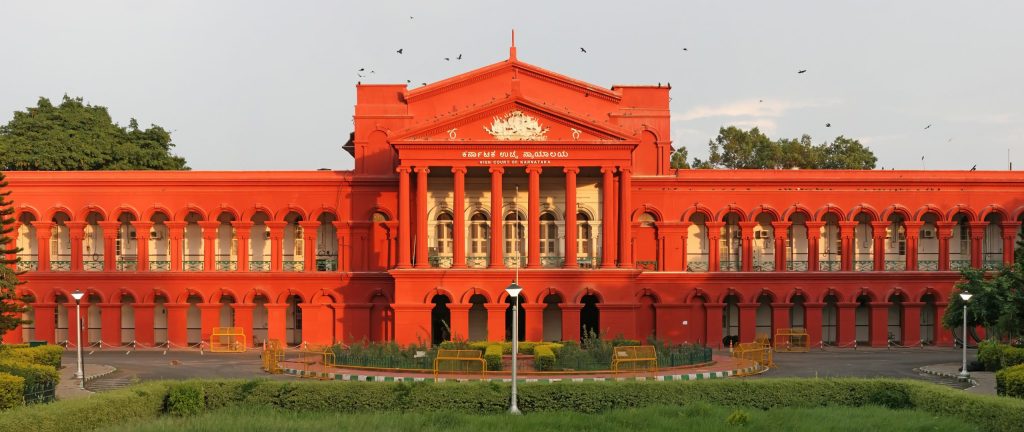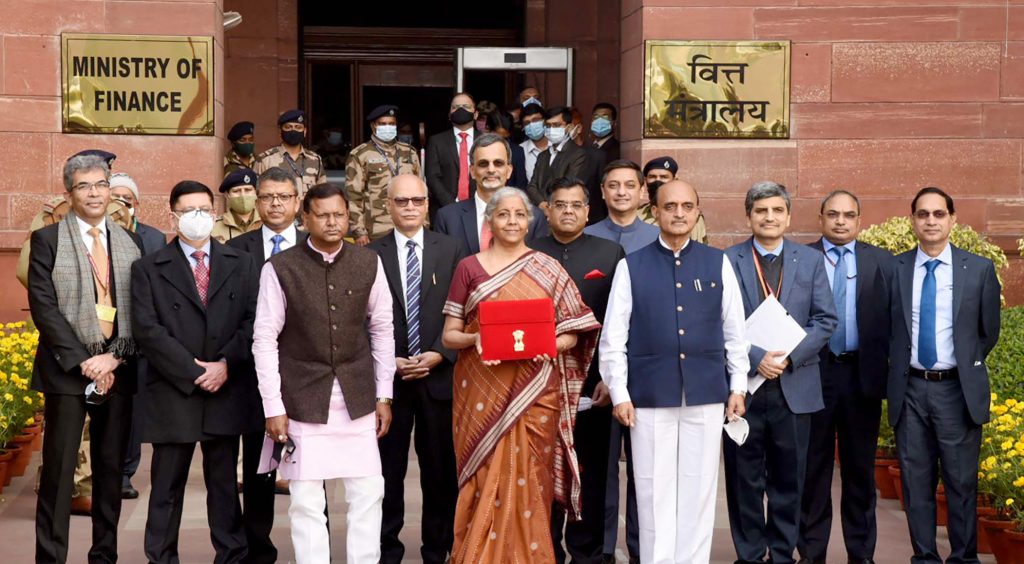Now Reading: BJP candidate is expected to be victorious against Meira Kumar
-
01
BJP candidate is expected to be victorious against Meira Kumar
BJP candidate is expected to be victorious against Meira Kumar
The voting for presidential election 2017 is underway and BJP pick Ram Nath Kovind is all set for a big win against Opposition candidate Meira Kumar. Former Bihar Governor Ram Nath Kovind and former Lok Sabha speaker Meira Kumar will face off in the elections to pick India’s 14th President. Voting began at 10 am today for a battle that the opposition has pitched as “ideological”.
Of the total electoral college votes of 10,98,903, former Bihar governor Ram Nath Kovind is almost assured of 63 per cent of them.
Prime Minister Narendra Modi’s choice of a Dalit candidate was seen as a masterstroke to divide the opposition and keep allies together. Besides BJP’s allies in the National Democratic Alliance (NDA), parties like Nitish Kumar‘s Janata Dal (United) and Naveen Patnaik-led Biju Janata Dal (BJD) have also pledged support to Kovind in the presidential election.
Prime Minister Narendra Modi, who was addressing an all-party meeting ahead of the Parliament session, said it would have been better if the President had been chosen by consensus. “However, it is a matter of satisfaction and pride that the election campaign has been a dignified one. All the political parties need to be congratulated. All parties must train their MPs and MLAs to cast their votes so that not a single vote is wasted,” he added.
Before the votes are counted and the next President of India is announced on July 20, we take a look at some of the biggest and closest victory margins recorded in prior presidential elections.
1957: Chowdhry Hari Ram and Nagendra Narayan Das contested along with Rajendra Prasad, who was in the tussle for the second time to become the President of India. Prasad got 4,59,698 votes against 2,000 votes for Narayan Das and 2,672 votes for Hari Ram. Thus, Rajendra Prasad became the President of India for the second time.
1962: Dr Sarvapalli Radhakrishnan contested along with Chowdhry Hari Ram and Yamuna Prasad Trisulia in a bid to succeed Prasad as the president. With an exceptional margin, Dr Radhakrishnan won the election, bagging 5,53,067 votes since there was no official candidate from the Opposition then.
1977: The sudden demise of President Fakhruddin Ali Ahmed left the country without a president, requiring the election to be conducted within the next six months. Neelam Sanjeeva Reddy was declared the President of India as it was the only valid nomination out of the 37 nominations that were received. Reddy is the only president to win unopposed in independent India.
1997: KR Narayanan and TN Seshan were pitted against each other in the 1997 presidential election. Narayanan became the first Dalit President of India, by securing more than 90% votes in the Electoral College.
2002: APJ Abdul Kalam won with a huge margin when the election to choose KR Narayanan’s successor was held. Kalam, who was fielded by BJP but also backed by Congress, was only challenged by the Left parties who projected freedom fighter Captain Lakshmi Sehgal. Kalam garnered 9,22,884 votes against Sehgal’s 1,07,366.








